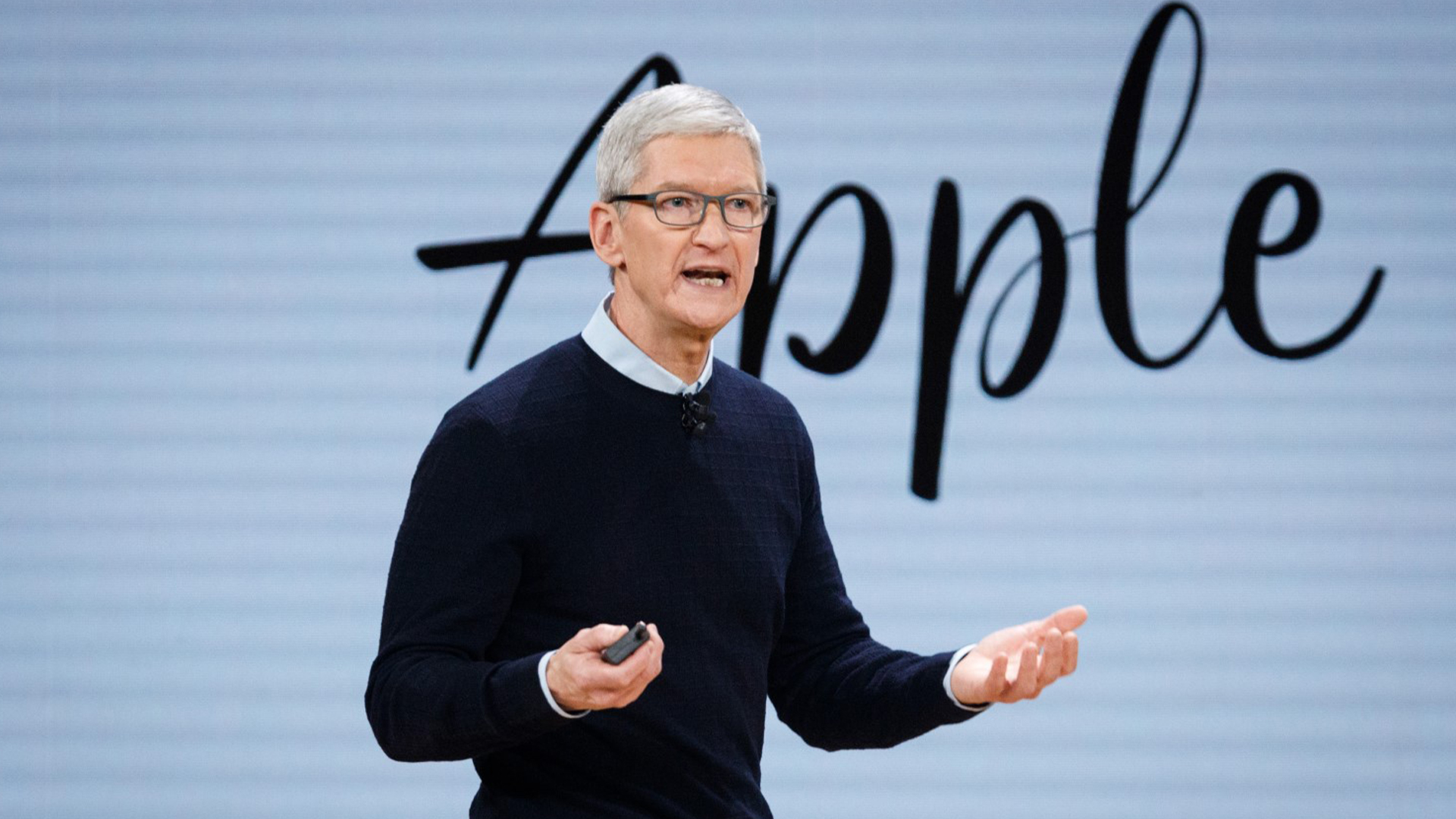President Trump doubled down on his hardline trade stance this week, confirming that no further extensions will be granted on country-specific tariffs set to kick in on August 1st.
At the same time, the US President sent fresh shockwaves through markets, indicating steep new tariffs 50% on copper imports and a staggering 200% on pharmaceuticals.
These moves were announced during a White House cabinet meeting on July 8th, which has brought tariff-fueled volatility back into financial markets and raised concerns on global economic growth.
New Tariffs on Copper
President Trump will announce a 50% tariff on copper imports, a commonly used in electric vehicles, military hardware, power grids and consumer goods. The US imports almost half of its copper from Chile. ⁽¹⁾
After the announcement, copper futures surged 13%, which marks the single largest gain since 1989. However, he did not specify a date when these tariffs on copper imports will go into effect. Trump’s threat to impose new levies on copper comes a day after he threatened 14 trading partners, including Japan and South Korea, with steep “reciprocal” levies beginning on August 1st. ⁽²⁾
Trump Cracks Down Pharmaceuticals Again
President Trump also revealed plans for pharmaceutical manufacturers, saying that he would give them some time to move their operations to the US before imposing 200% tariffs on their products. This threat brought a decline to US pharma stocks, as markets braced for potential drug supply chain disruption. These tariffs could build on existing levies on automobile imports, steel and aluminum. ⁽³⁾
Trump has already been causing trouble for pharmaceutical manufacturers, especially when announcing an executive order back in May where drug prices could see a decline between 30-80% in the US. The move was intended to make US drug prices the same as other nations that offer them at lower prices.
Mixed Trade Progress
Trump’s administration promised 90 deals in 90 days after the announcement of Liberation Day back in April. For now, the US has only reached two agreements with the UK and Vietnam, though Trump says that a deal with India might be reached soon. He also stated that trade talks with the EU and China are progressing but is days away from sending a tariff letter to the EU. ⁽⁴⁾
In the first batch of tariff letters sent to trading partners, Trump took aim at two of the closest US allies in Asia, which are Japan and South Korea. Both are already being pressured by the existing tariffs on auto and steel exports. ⁽⁵⁾
Additional tariffs would further hurt these two exports-dependent economies that are grappling with a slowdown in growth, with Japan likely facing a technical recession.
Both Japan and South Korea saw their Q1 GDP contract. While South Korean imports to the US face 25% tariffs, the same as Trump promised in April, the rate on Japan has been raised by 1 percentage point to 25%. ⁽⁶⁾
South Africa faces a 30% tariff, while 11 other countries are also targeted with significant levies. Additionally, Trump threatened 10% tariffs on products from BRICS nations, including Brazil and India, further escalating tensions. ⁽⁷⁾
Upcoming Trade Announcements and Global Market Impacts
Trump posted on Truth Social on July 8th that he would publicize new trade announcements, which involves a minimum of seven countries. While details remain unclear, these announcements could expand his tariff strategy, which Trump claims will benefit and protect US interests.
“It’s about time the United States of America started collecting money from countries that were ripping us off,” Trump said during the cabinet meeting. ⁽⁸⁾
Trump’s tariff policies have shaken global markets, with the latest announcements adding uncertainty to an already shaky global economy. The sharp rise in copper prices and decline in pharmaceutical stocks indicate investor concerns about supply chain disruptions and higher costs, with more volatility entering the markets.
As the world’s largest consumer market, the United States’ actions could have far-reaching consequences for international trade.



